Border Guards at Ha Tien International Border Gate and customs officers inspect goods before exporting them to Cambodia. Photo: DANH THANH
Infrastructure is not yet synchronized
On National Highway 80B - the route considered the main artery of border trade, Mr. Nguyen Van Loi drove a truck transporting agricultural products from Sa Dec ( Dong Thap ) towards Vinh Xuong International Border Gate. Towards the end of the route, the section passing through Vinh Xuong commune, the vehicle slowed down because the road surface was narrow and many sections were degraded. He stopped at a roadside cafe, shook his head and lamented: "The road is small, with many potholes, while the trucks are heavy, sometimes we have to "watch the road" to avoid each other. I hope this route will soon be invested in and expanded to meet the traffic needs of container trucks and heavy trucks transporting import and export goods to Vinh Xuong International Border Gate".
Mr. Loi's words are also a common concern of the local government and people. In addition to National Highway 80B, Vinh Xuong commune hopes to soon build provincial road 950 connecting Vinh Xuong International Border Gate and Khanh Binh National Border Gate to form a complete trade axis. Currently, because there is no direct connecting road, vehicles transporting goods from Vinh Xuong International Border Gate to Khanh Binh National Border Gate have to go around other communes, causing logistics costs to increase. Chairman of Vinh Xuong Commune People's Committee Bui Thai Hoang suggested: "We hope that the Central Government will invest in synchronous infrastructure at Vinh Xuong International Border Gate, associated with upgrading and expanding key routes such as National Highway 80B, Provincial Road 950 and inter-regional connecting axes to create favorable conditions for the commune to effectively exploit its potential and develop border trade economy ."
Khanh Binh National Border Gate is preparing to be upgraded to an international border gate. Accordingly, National Highway 91C, the direct road connecting Chau Doc - Can Tho - Soc Trang Expressway to this border gate, also needs to be expanded to create a new "backbone" of trade between Vietnam and Cambodia. Voters in the province have repeatedly proposed building this connecting route. However, according to the Ministry of Construction, due to difficulties in funding, capital cannot be allocated for key sections in the 2021 - 2025 period.
According to Tran Minh Nhut, Head of the Provincial Economic Zone Management Board, An Giang has recently made efforts to take advantage of border gates to promote border economic development. However, the road network connecting the border gates to production and consumption centers has not been completed, causing trade activities to lack connectivity and continuity. Although the province has planned to develop connecting routes such as Chau Doc - Can Tho - Soc Trang Expressway, National Highway N1, Provincial Road 950, the implementation progress is still slow, not connecting all the regions.
An Giang identified the border trade economy as one of the strategic pillars to focus on synchronous development in the period of 2021 - 2025. However, the Provincial People's Committee frankly assessed that although the border trade economy has received attention for development, investment resources are still limited. Transport infrastructure has not met development needs, especially industrial and logistics infrastructure is not yet synchronous, heavily dependent on public investment capital. Chairman of Khanh Binh Commune People's Committee Ta Van Khuong pointed out: "Infrastructure is not synchronous, especially rural roads; lack of industrial clusters, agricultural processing factories. In addition, land policies and investment attraction are not really open, investment capital is limited. These are the reasons why the commune has not been able to fully exploit the advantages of border trade".
By 2030, Ha Tien Ward, together with Rach Gia, Long Xuyen, Chau Doc, is oriented to become the "dynamic quadrilateral" of the province, developing logistics, cultural tourism, marine economy, border trade and being a hub for trade and cooperation with the Kingdom of Cambodia. However, according to the functional sectors of Ha Tien, the border trade sector has not been exploited by the ward commensurate with its potential and advantages. The reason is that production and business models are mainly small-scale. Mobilizing enterprises to participate in investment and application of high technology in production in border areas still faces many difficulties. Infrastructure and facilities have not met the demand.
Lack of regional and international connectivity, weak logistics infrastructure
An Giang borders Cambodia and is conveniently connected to the Mekong Delta provinces, but inter-provincial and international coordination in recent times has been mainly at the administrative level, not deep enough to promote substantive economic cooperation. This is one of the reasons why An Giang's border trade economy is not strong enough to make a breakthrough. "There is still no effective linkage mechanism to form a cross-border value chain, especially in the fields of agriculture, fisheries and logistics," said Mr. Tran Minh Nhut.
Mr. Tran Minh Nhut further analyzed that An Giang's logistics infrastructure and border trade support services are still weak and lack standardization. Logistics centers, warehouses, delivery services and import-export support services at border gates currently do not meet practical requirements, leading to high transportation costs, long circulation times, reducing the competitiveness of local goods.
In addition, the lack of high-quality human resources and the slow application of modern management technology also directly affect the operational efficiency of the border gate area. Electronic customs systems, digital border control, traceability and supply chain management have not been widely applied, making the investment and business environment in the border area not really attractive to domestic and foreign enterprises.
Economic experts believe that if the above bottlenecks are not resolved soon, An Giang's border trade economy will remain a potential that has not been fully exploited. With a rare "two-door" position, bordering both the sea and the border, this land deserves investment to become a border trade center of the entire Mekong Delta.
| In addition to the 7 border gates, An Giang also has many border markets. These markets not only serve the needs of border residents to buy and sell goods but also promote trade with neighboring areas and even with neighboring Cambodia. However, most of the markets are currently only bustling in the morning, many kiosks are empty, infrastructure is degraded, there is a lack of cold storage, greenhouses... |
(To be continued)
TU LY - FAMOUS THANH
Source: https://baoangiang.com.vn/khoi-thong-diem-nghen-but-pha-kinh-te-bien-mau-an-giang-bai-3-muon-but-pha-phai-go-diem-nghe-a462941.html


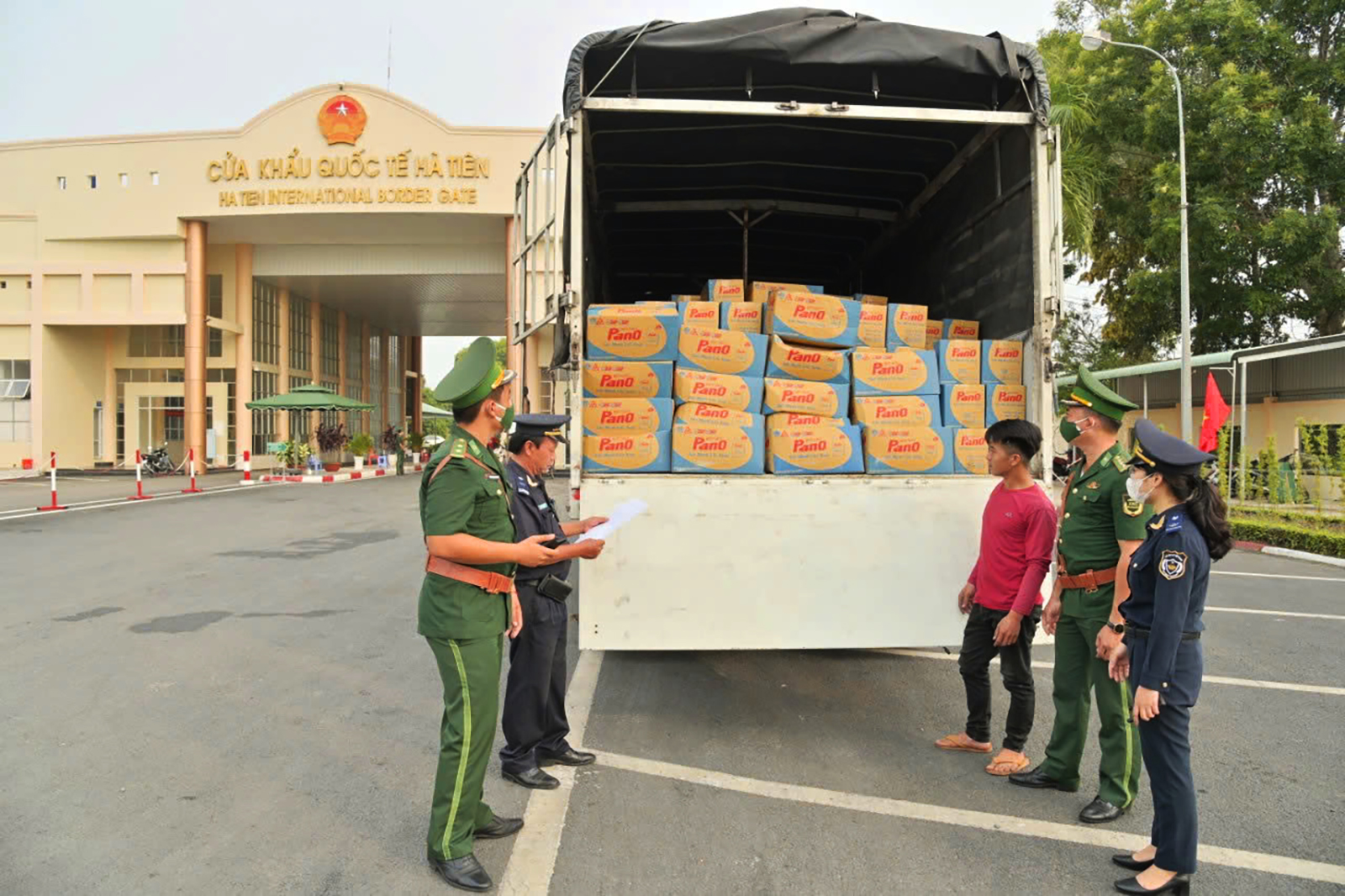


![[Photo] General Secretary To Lam and National Assembly Chairman Tran Thanh Man attend the 80th Anniversary of the Traditional Day of the Vietnamese Inspection Sector](https://vphoto.vietnam.vn/thumb/1200x675/vietnam/resource/IMAGE/2025/11/17/1763356362984_a2-bnd-7940-3561-jpg.webp)
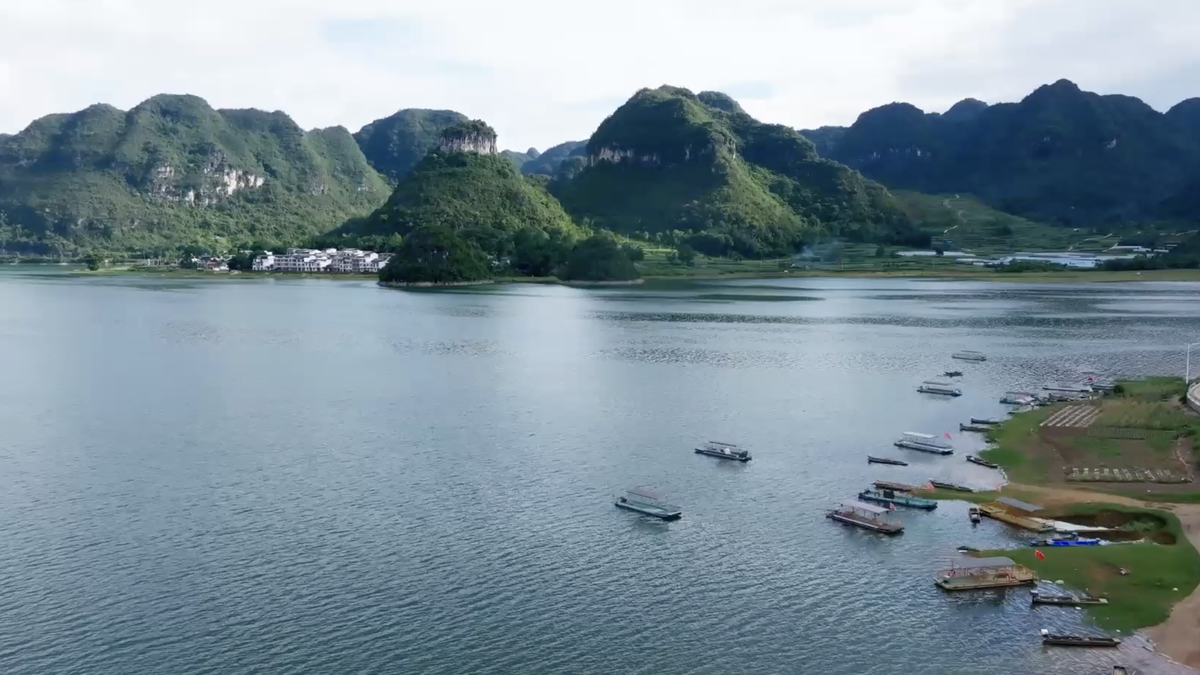


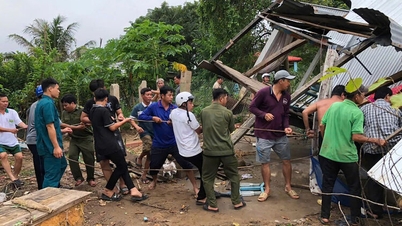






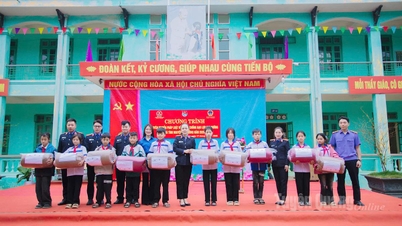





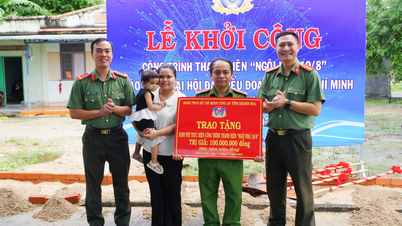
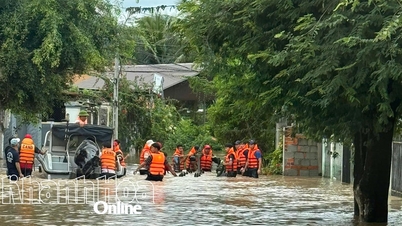
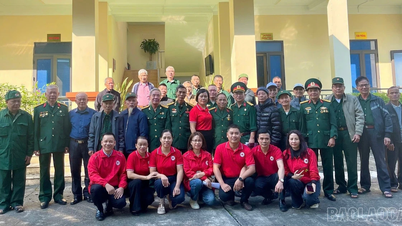






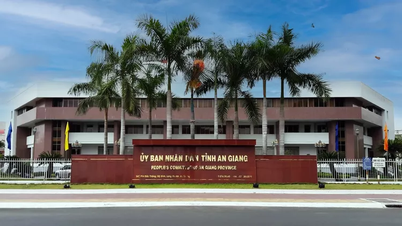
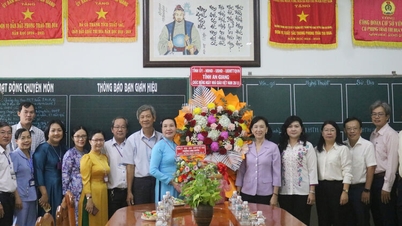

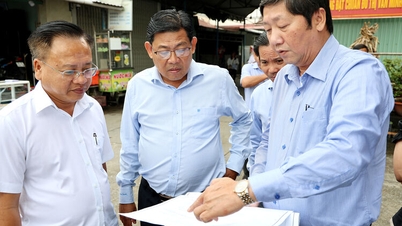


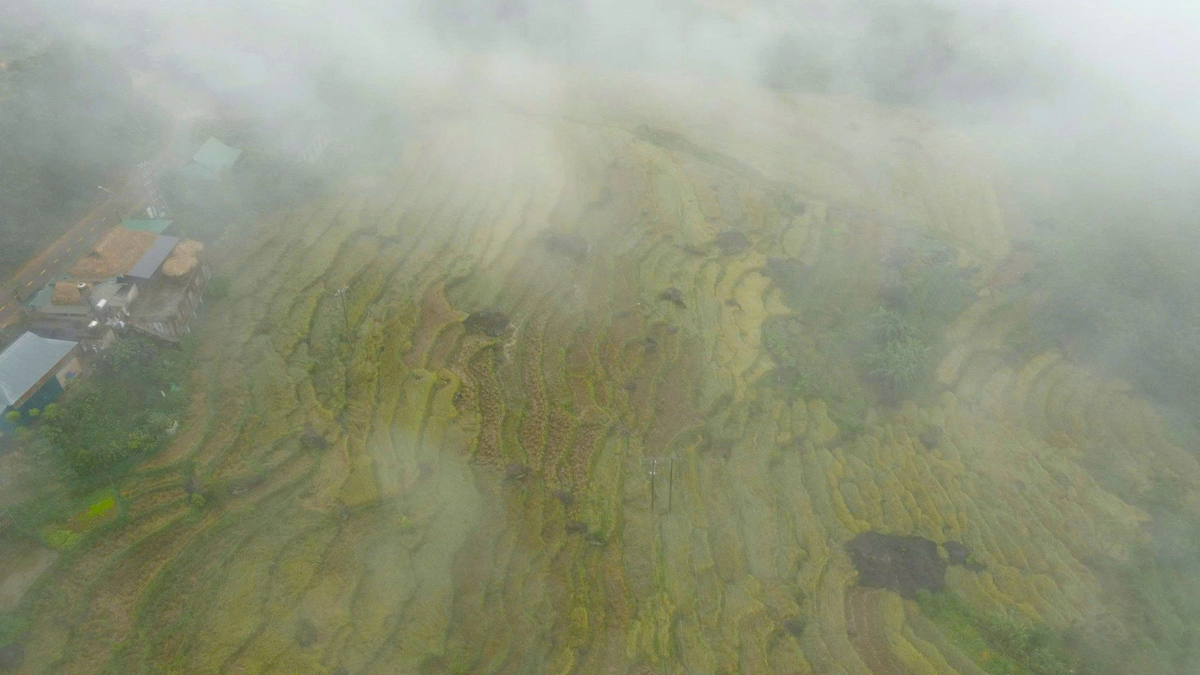

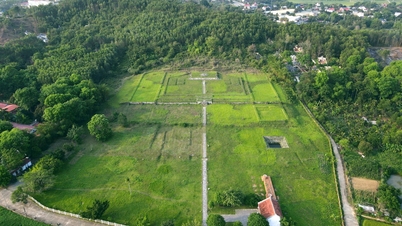
















































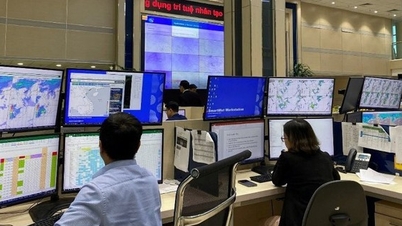

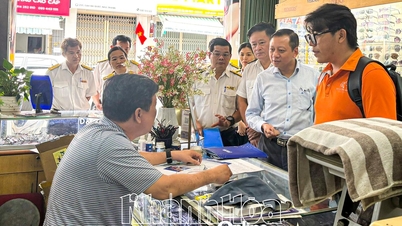
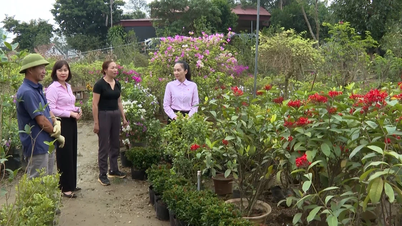



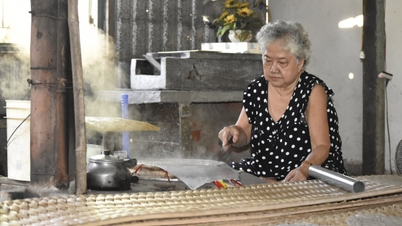

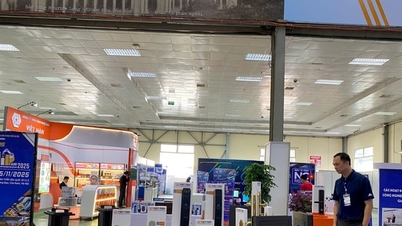



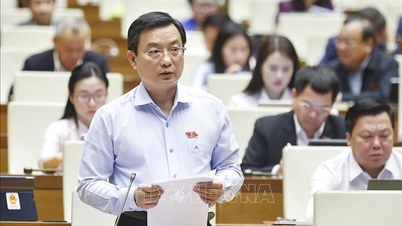



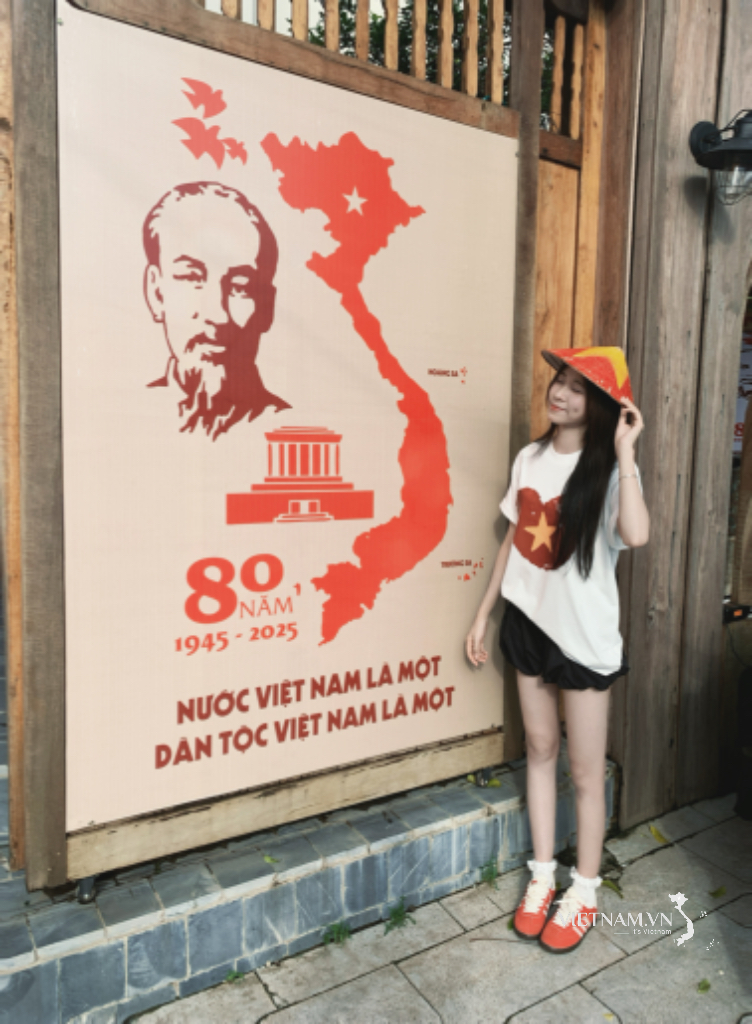
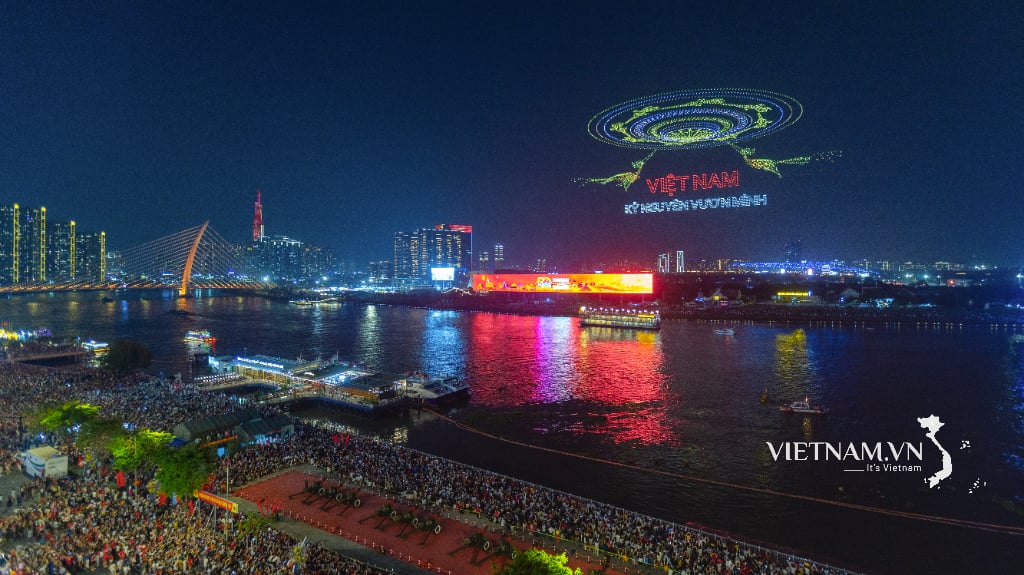

Comment (0)